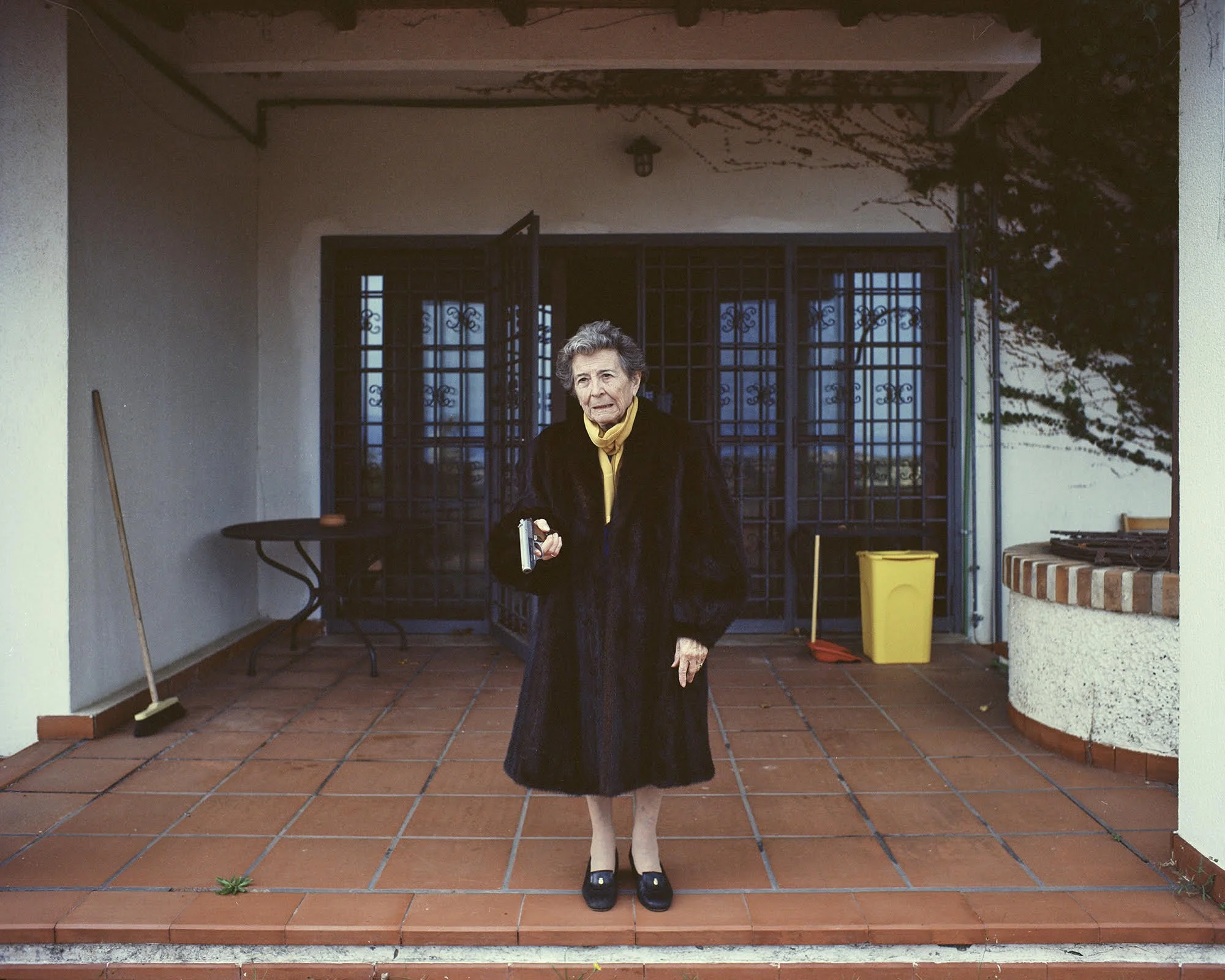Architecture: Shikkui Japanese Plaster
For thousands of years Shikkui Royal Japanese plaster has been used to coat the walls of important and royal family buildings in Japan. The plaster is used to layer interior and exterior walls and ceilings, and it’s also used as decorative pieces. Traditionally, the Japanese used it for castles, temples, and the houses of Samurai. It was a rare commodity and served as a status symbol for Japanese aristocracy. Now the plaster has expanded to other parts of the world because of its use of natural materials, making it sustainable and environmentally friendly.
As a UNESCO world heritage site, Himeji castle is steeped in years of history and is famous for its use of Shikkui Royal Japanese plaster. Originally a fort built in 1333 which got rebuilt in 1346, Himeji castle is nicknamed the White Heron or White Egret Castle because of its bright white exterior.
In 1945, the town surrounding the castle was heavily bombed, and it burned to the ground at the end of World War II—but Himeji castle remained amazingly intact. In 1995, the Great Hanshin Earthquake hit the city of Kobe and significantly damaged the neighboring city of Himeji, where the castle remained undamaged. The earthquake was recorded at a seismic level 7 and was afterwards categorized as the deadliest earthquake of the 20th century to hit Japan.
Himeji castle was recently restored using Shikkui plaster. It coats the interior and exterior walls, along with decorative pieces throughout, continuing to live up to the nickname of White Heron.
Shikkui was first introduced to Japan from the Korean peninsula in the 6th century following the spread of Buddhism. The original purpose of the plaster was to create a canvas for traditional paintings. Traditional Shinto Buddhist believe the plaster has its own life and spirit, and the process of application can be a spiritual experience.
The ingredients used in making the plaster are all natural. It is made of slaked lime with additives including seaweed extracts, soybean oil, natural plant fibers, and eggshells. Some versions of the plaster also contain plankton skeletons and special algae only found in Japan, which is hygroscopic and helps control humidity. Due to these ingredients and the plaster’s natural ability to absorb pollutants and VOC gasses, it creates healthy airflow within spaces. It is fire and earthquake resistant, has the ability to naturally control bacteria, fungi, and molds; and is naturally anti-static, which reduces dust accumulation.
Using this kind of plaster has now spread across the world because of it being a healthier alternative to stone or concrete. It creates a more sustainable and healthier living environment because of its non-toxic, natural elements. In our growing world of climate change this plaster shows the importance of moving away from toxic materials and towards ones which are natural and better for the environment and ourselves.















